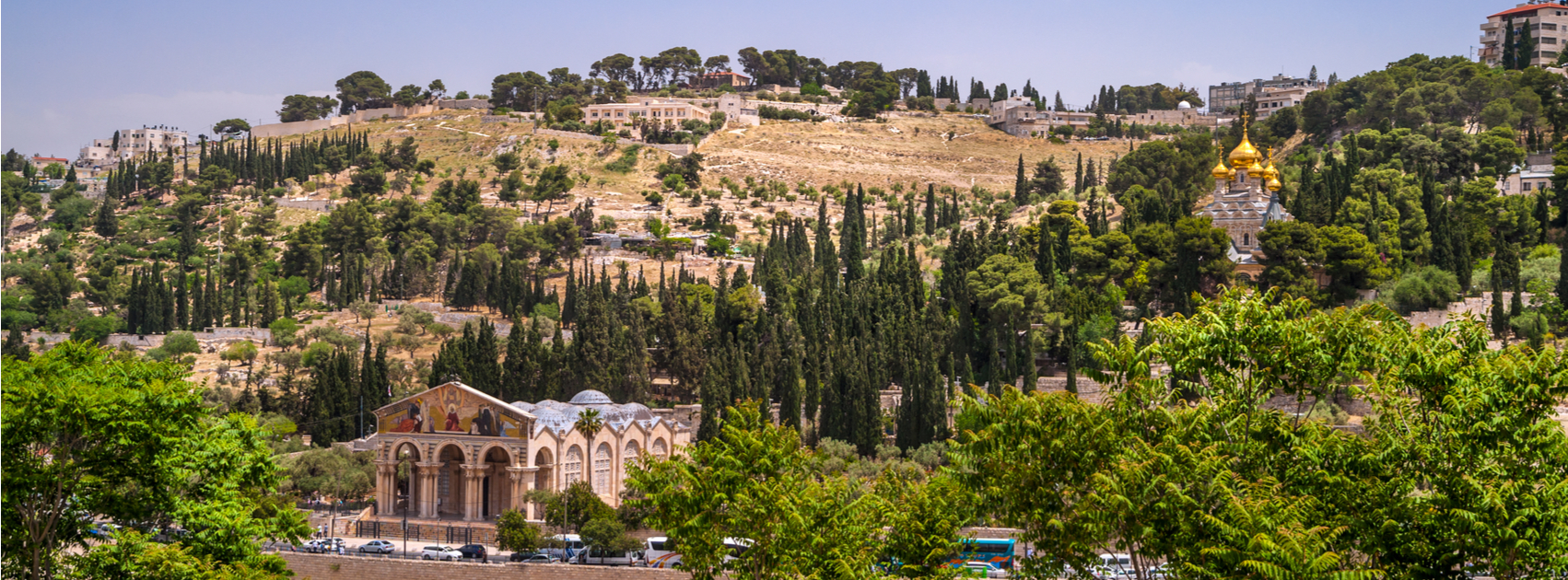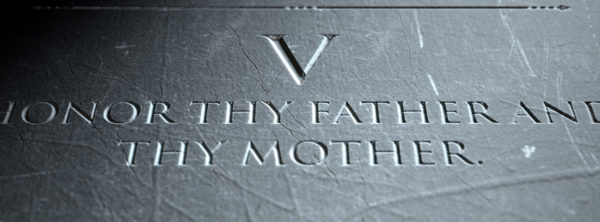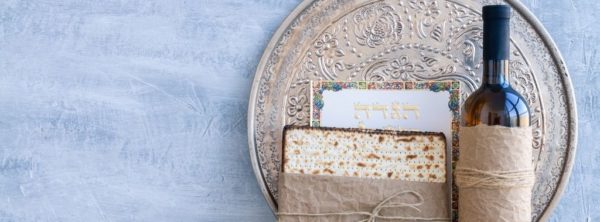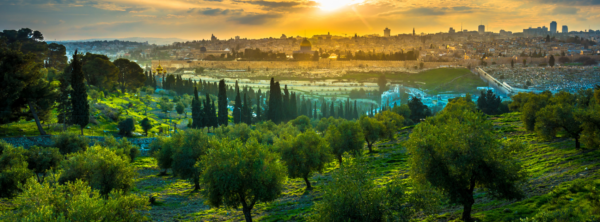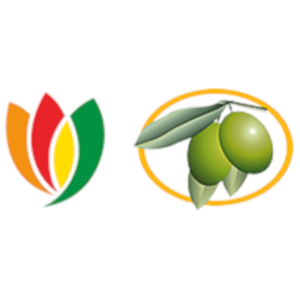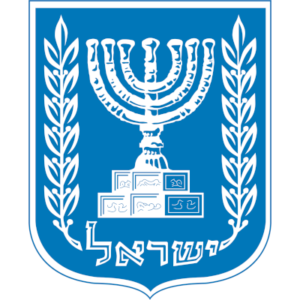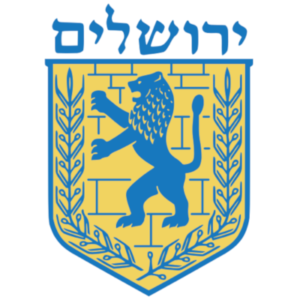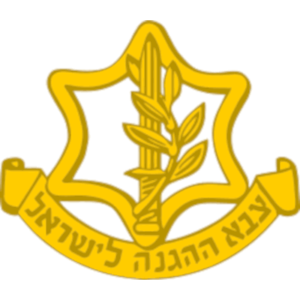The Mount of Olives, mentioned throughout the Bible, is known as the place where crowds gathered to hear Jesus’ sermons—as well as where He prayed and wept the night before His crucifixion. We read passages in the Bible about Jesus traveling to the Garden of Gethsemane near the foot of the Mount of Olives from Jerusalem.
The words Jesus spoke during His ministry changed the world, but have you ever thought about what His eyes saw as He passed through the olive trees… or about the dirt covered ground that His sandals touched?
A Journey Through the Holy Land
As we begin our journey through the Holy Land, imagine hearing the sounds of noisy patrons in the streets of Jerusalem as they prepare for Passover. Picture the sight of Jesus sitting on a colt riding through the Eastern Gate. Envision the disciples following behind hanging on His words… not fully understanding their meaning.
Because of His journey through the Holy Land to the cross at Calvery, we have been given the gift of understanding. And now we’ve been given an opportunity to have a unique connection to this very location. Keep reading to find out HOW!
1st Stop | Bethphage, Mount of Olives
In Matthew 21, we read about Bethphage, or ‘house of un-ripe figs,’ as the place that Jesus sent His disciples to find a colt… which He would ride into Jerusalem. Its location was close to Bethany.
Today, if you were in Bethpage during Palm Sunday, you’d notice Christians in the area retracing Jesus’ and His disciples’ footsteps from there to Jerusalem for the annual Palm Sunday walk.
“Now when they drew near Jerusalem, and came to Bethphage, at the Mount of Olives, then Jesus sent two disciples, saying to them, ‘Go into the village opposite you, and immediately you will find a donkey tied, and a colt with her. Loose them and bring them to Me. And if anyone says anything to you, you shall say, “The Lord has need of them,” and immediately he will send them.’
“All this was done that it might be fulfilled which was spoken by the prophet, saying:
‘Tell the daughter of Zion,
“Behold, your King is coming to you,
Lowly, and sitting on a donkey,
A colt, the foal of a donkey.”’”—Matthew 21:1-5
2nd Stop | The Eastern Gate, Jerusalem
Continuing on our journey in Matthew 21, we see the reason why those from Bathphage commemorate Palm Sunday today. According to the biblical accounts, those inside the city walls see Jesus arriving on a colt, and they laid down clothes and branches on the road as we would a red carpet for royalty today.
“And a very great multitude spread their clothes on the road; others cut down branches from the trees and spread them on the road. Then the multitudes who went before and those who followed cried out, saying:
‘Hosanna to the Son of David!
‘Blessed is He who comes in the name of the Lord!’
Hosanna in the highest!’
“And when He had come into Jerusalem, all the city was moved, saying, ‘Who is this?’ So the multitudes said, ‘This is Jesus, the prophet from Nazareth of Galilee.’”—Matthew 21:8-11
3rd Stop | Court of the Temple, Jerusalem
After arriving to the city, Jesus entered the Temple Courts and cleared out the “den of thieves” (see Matthew 21:13), and later departed Jerusalem.
The next day, on His way back into the city, He was hungry and ate a fig from a tree by the road. He performed a miracle demonstrating His power—He commanded the tree to wither away. When asked about the event Jesus replied…
“ …Assuredly, I say to you, if you have faith and do not doubt, you will not only do what was done to the fig tree, but also if you say to this mountain, ‘Be removed and be cast into the sea,’ it will be done. And whatever things you ask in prayer, believing, you will receive.”—Matthew 21:21-22
4th Stop | Back to the Mount of Olives
While He was in the Temple Courts, Jesus continued to teach in parables. After He departed from the Temple, He crossed the Kidron Valley to the Mount of Olives again.
He spent those last moments with His disciples telling them of the end times and what to expect. He reintroduces the fig tree, which He ate from earlier. He used it as a description of abundance in the land.
(In the Old Testament, the fig was used as a representation of Israel—see Jeremiah 24 and Hosea 9.)
“Now learn this parable from the fig tree: When its branch has already become tender and puts forth leaves, you know that summer is near. So you also, when you see all these things, know that it is near—at the doors! Assuredly, I say to you, this generation will by no means pass away till all these things take place. Heaven and earth will pass away, but My words will by no means pass away.”—Matthew 24:32-35
5th Stop | The Upper Room, Jerusalem
Jesus again, passes through the Kidron Valley and enters Jerusalem to celebrate Passover in the upper room of a man’s home.
“Now on the first day of the Feast of the Unleavened Bread the disciples came to Jesus, saying to Him, ‘Where do You want us to prepare for You to eat the Passover?’ And He said, ‘Go into the city to a certain man, and say to him, “The Teacher says, ‘My time is at hand; I will keep the Passover at your house with My disciples.’”’”—Matthew 26:17-18
6th Stop | Garden of Gethsemane, Mount of Olives
For the final stop on this journey, we return to the Mount of Olives… but Jesus wasn’t there to teach as He had done before. He was there to pray. The complete understanding of what was about to happen the next time He enters His city weighs heavy on His heart.
This is the location Jesus fell to His knees in prayer. He prayed for the Father’s will to be done. His soul was sorrowful. His tears fell from His face and hit the dusty soil. The sweat from His pours, according to Luke’s account, fell like great drops of blood to the ground (see Luke 22:44).
“ …‘My soul is exceedingly sorrowful, even to death. Stay here and watch with Me.’ He went a little farther and fell on His face, and prayed, saying, ‘O My Father, if it is possible, let this cup pass from Me; nevertheless, not as I will, but as You will.’”—Matthew 26:38-39
The Sacred Ground—The Kidron Valley, Israel
How many times did Jesus cross the Kidron Valley as He traveled from the Mount of Olives to Jerusalem? It’s difficult to know the exact number, but we can be sure He was very familiar with the path, the olive trees that grew there, and elevation and dissention of the terrain.
It could be said that He knew the land like the back of His hand. He used plants grown there and the ground they were cultivated in to exemplify faith, end times, and His return.
You know the saying, “If these walls could only talk.” What if the trees and ground share with you details of the time Jesus spent there?
Years passed and the Kidron Valley became desolate. But My Olive Tree has been able to bring the ground back to life, restoring it to what it once was and preparing it for when Jesus crosses over it again as King!
Jesus’ blood, sweat, and tears lay in the ancient soil, and you could have a physical connection to the land as well. If you want to know more about the Kidron Valley, download our FREE King’s Valley (Kidron Valley) guide HERE!
Get started on your personal journey through the Holy Land!
